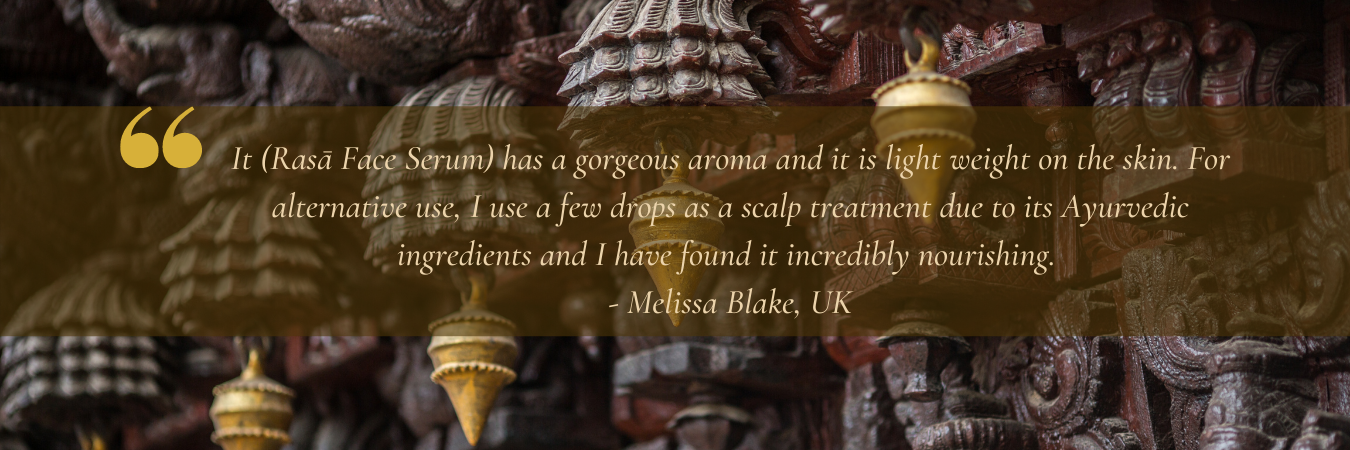Indian Temples: An Insight Into The Indian Spiritual Dwellings
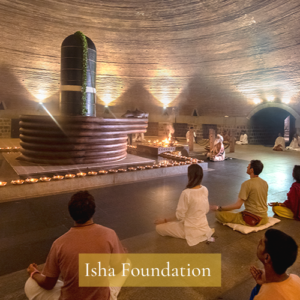
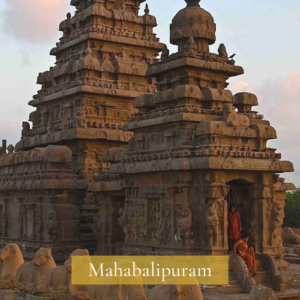
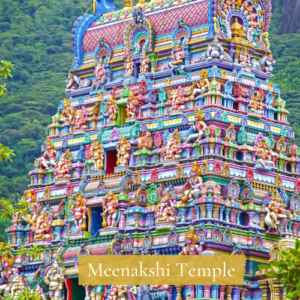
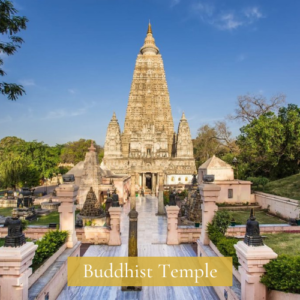
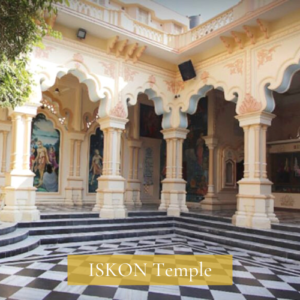
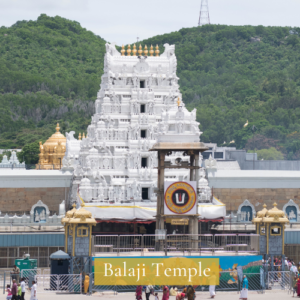
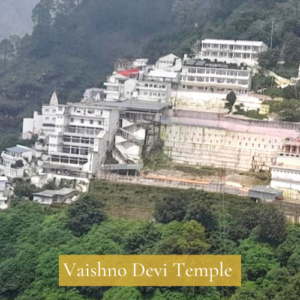
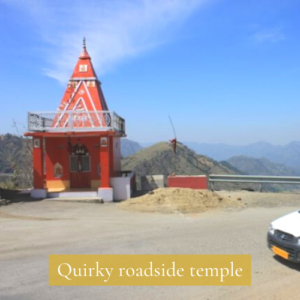
Above: A few images to show the range of Indian temples
As I was born in India, all through my childhood and even today when I go back to visit family, I inevitably end up visiting temples. Temples are an essential part of a person from Hindu or Buddhist origin, just like Churches, Mosques etc. When I was young, my parents took me to temples, but it was never really an outing that I was excited to experience. It was always crowded, too busy, too many shoes left at the entrance, too many vendors asking you to buy pooja (prayer offerings) essentials and that feeling of general claustrophobia. As a child, all I wanted to do was get it done and over with as soon as possible and then enjoy the best part of visiting a temple afterwards; devouring the prasaad. Prasaad are Indian sweets that are offered to the Deities, that get blessed through the temple pandits (priests) and then given back to you after they put behind a couple of pieces at the altar from your box/basket. I still remember those coconut ladoos (balls) from this little Hanuman (Monkey God) Mandir (temple in hindi) we used to go to on Tuesdays. It was the yummiest prasaad I ever tasted in my memory when I was young. There are obviously hundreds of varieties of prasaad offerings, all different for different temples.
My experience of temples and how I look at them have changed dramatically from when I was a kid to after I became an adult. I started to experience spirituality more deeply. Now, I am not a religious person. I never followed a strict regime or rules that come with following a religion. I never wanted to. I always felt that being spiritual was more meaningful than being religious. The connection to a higher power, whatever that is and whatever form it comes in, comes from within and not by sitting in a religious setting for hours. You can achieve that even from home. But I must admit, if you go to a temple, there is that feeling of serenity, peace and quiet solitude that you wouldn’t experience anywhere else. The important part is what temple you choose to go to. Some temples are build for pilgrimages, some ostentatious temples are build to mark the presence of a town/city, some are build for locals and regular worshippers, some are build in serene places like the mountains, lakes and forests, there are also some tiny secluded ones build in the middle of nowhere and then sometimes you’ll find some rocks piled up under a tree, decorated with garlands, flowers and tikka/tilak (a maroon colour mark that is put on idols of the deities and on people’s forehead in prayers) symbolising the deity and people worshipping it. There are all sorts.
When it comes to experiencing temples, you need to find out your purpose first. Why are you visiting the temple? What do you hope to achieve from your visit? How long are you willing to travel to visit the temple? Is visiting a particular God’s temple important to you? As you must have heard, there are hundreds of Gods in India. Most popular ones are Lord Ganesha, Shiva, Balaji, Vishnu, Hanuman, Goddess Durga, Laxmi, etc. You will also find some Hare (ha-ray) Krishna temples (called ISKON- International Society for Krishna Consciousness) and Buddhist temples. In my experience, I find the most peace at ISKON and Buddhist temples. They are squeaky clean, less crowded, spacious and you can easily find a corner somewhere where you can sit in slience, meditate or just watch the world go by. There are also some temples where you can find the spiritual vibe very high. When you visit those temples, you are overcome with this huge surge of spiritual connection. If you spend some time there, you will find yourself feeling all sorts of emotions. You may even find yourself crying for no reason. Apparently, that is spiritual cleansing that your body automatically goes through, in such high vibration temples. After you leave, you’ll feel lighter, peaceful and cleaner. Then there are some popular, high-in-demand temples made for pilgrims. They are famous among people for granting/fulfilling wishes. People travel from all corners of the country (or even world) to visit these temples. I am not particularly fond of those temples as they are overrun with people and can be very very busy! You are muddled in with others, move in long queues for hours, get a micro second darshan (glimpse) of the image of the deity and then hurried to move on. Everything is rushed and not enjoyable. They do VIP experiences too if you knew someone higher up or were willing to pay more. Experiencing these temples once in your life is enough. Sometimes you’ll also find temples that are not dedicated to any particular God. They are basically spiritual temples. You don’t go there to worship anything but solely to meditate and achieve transcendence (bliss!).
There are some basic etiquettes that you would need to follow no matter what temple you go to. You’d need to:
– Leave your shoes at the entrance,
– Wash your hands/feet before entering (if the temple has the facility). Better still to bathe before setting off from home.
– Cover up (wear conservative clothing)
– No usage of cameras
– No leather (as it is made with cow skin)
– Observe silence or minimal talking
– Walk clockwise
– Greet the Gods
– Make offerings (flowers/sweets/incense)
– Accept the gifts offered by priests after the prayers (generally fruits, sweets or flowers)
Hope this article gave you a general insight into what it is like to visit an Indian temple if you haven’t visited one before or wanted to know what it feels like to visit one. Wishing you happy travels and that will enjoy your next trip to India.
Namaste and Dhanyawaad!
Spardha
